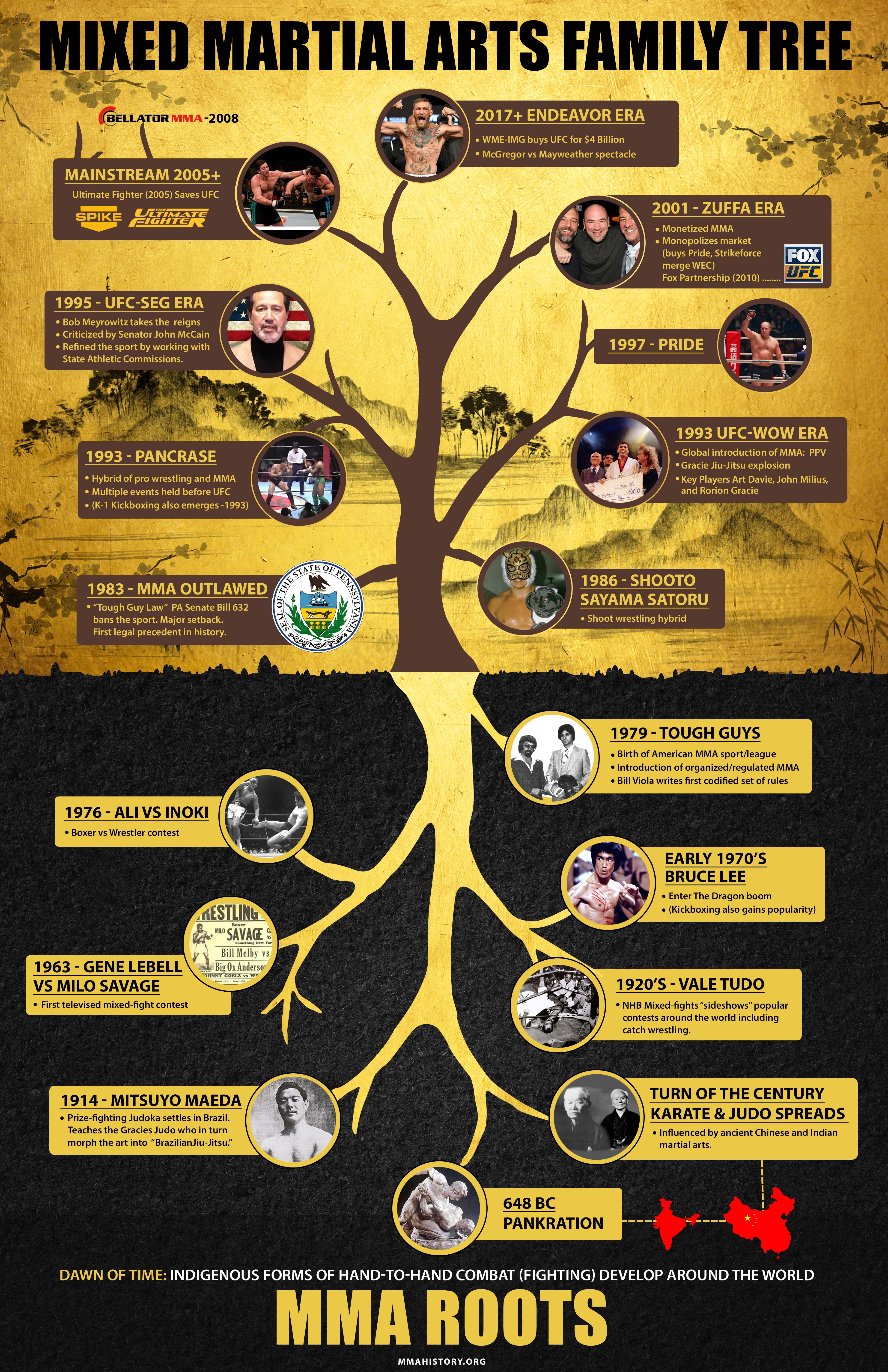The Worldwide Background And Change Of Martial Arts
The Worldwide Background And Change Of Martial Arts
Blog Article
simply click the following internet page Written By-Hess Liu
Martial arts have a fascinating background that covers centuries and continents. You may find it appealing just how ancient techniques like Shuai Jiao and Kalaripayattu prepared for modern combat techniques. These techniques not just stress physical abilities however additionally mirror the societies that birthed them. As you explore their advancement, think about exactly how globalization has changed these conventional types right into hybrid styles. What influences do you assume have formed today's martial arts landscape?
Ancient Martial arts: The Foundations of Fight
As you delve into the globe of old martial arts, you'll uncover the rich structures that shaped combat techniques throughout societies. Very early practices concentrated on Self-Defense and survival, commonly integrating strikes, hurting, and weapons.
In ancient China, as an example, techniques like Shuai Jiao highlighted tosses and joint locks, while India's Kalaripayattu showcased dexterity and fluid movement. Japanese samurai established Kenjutsu, a polished swordsmanship that highlighted technique and strategy.
These martial arts offered not just for fight but likewise as a way of personal development, instilling worths like regard and willpower. The mixing of these techniques with time laid the groundwork for the varied martial arts you see today, each mirroring the distinct approaches and demands of its culture.
The Social Impact on Martial Arts Development
While martial arts often mirror the functional requirements of a culture, they likewise personify the social values and beliefs of their beginnings. When you discover various martial arts, you'll notice just how they're affected by religious beliefs, approach, and social norms.
For what is a good martial art for self defense , the emphasis on regard and discipline in Japanese martial arts stems from Zen Buddhism and samurai culture. On the other hand, Brazilian Jiu-Jitsu advertises adaptability and technique, formed by the demand for performance in a varied, multicultural environment.
You could locate that the rituals, attires, and training approaches reflect a community's background and identification. By understanding these social influences, you strengthen your appreciation of martial arts and their function fit human experiences around the world.
Modern Adaptations and the Globalization of Martial arts
Martial arts have changed considerably in recent decades, adjusting to modern society and worldwide impacts. You'll discover that traditional kinds have combined with modern techniques, producing hybrid styles like mixed martial arts. These adaptations accommodate varied audiences, making martial arts accessible and appealing globally.
With the rise of social media and electronic platforms, you can locate tutorials and competitions from all edges of the world, breaking geographical barriers. This globalization has resulted in a shared appreciation for various self-controls, from Brazilian Jiu-Jitsu to Taekwondo.
As you involve with these arts, you'll realize they're not just about battle; they promote fitness, self-control, and mental health.
Ultimately, modern adaptations have enriched the martial arts landscape, making it a vibrant and evolving technique.
Final thought
In discovering the background and evolution of martial arts, you discover a fascinating mix of techniques, cultures, and ideologies. From ancient disciplines like Shuai Jiao and Kalaripayattu to the modern adaptability seen in mixed martial arts, martial arts show mankind's pursuit for Self-Defense and individual development. As you engage with these methods, you not just gain skills yet additionally a much deeper admiration for the varied practices that shape our world today. So, proceed your journey and accept the art of combat!
